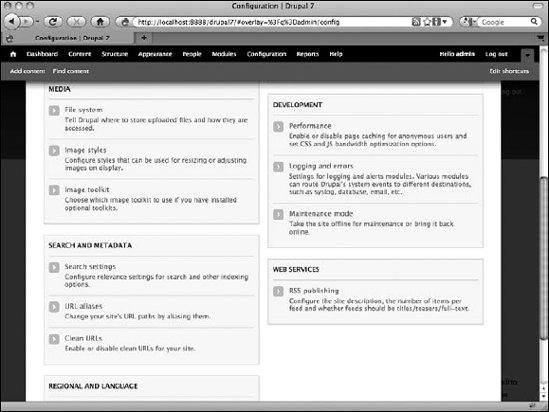Chapter 32. Managing Site Performance
IN THIS CHAPTER
Addressing typical performance concerns
Testing performance
Drupal performance management can mean different things to you depending on what scale of Web operations you are responsible for. In this chapter I provide you with an understanding of the core system's performance tuning functionality and related configuration guidance. I then take a look at a range of additional ways to improve your site's performance and review some common methods of tracking down the more subtle problems.
Addressing Typical Performance Concerns
You encounter several different types of performance issues with any dynamically generated Web site. Drupal site managers need to be concerned with these and with a number of Drupal-specific issues.
Reducing server load via caching and resource aggregation
Every time a page of your site is requested, a certain amount of computer processing and data transfer work is required to respond to the request. The more you reduce this work, the faster your site's response time is and the more visitors your site can serve at the same time. In times of high load, this can mean the difference between your site being available or being unavailable to visitors.
You control a number of important settings in the Performance section of the Drupal admin's Configure area. This section is displayed in Figure 32.1.

Figure 32-1. The Configure ...
Get Drupal® 7 Bible now with the O’Reilly learning platform.
O’Reilly members experience books, live events, courses curated by job role, and more from O’Reilly and nearly 200 top publishers.

